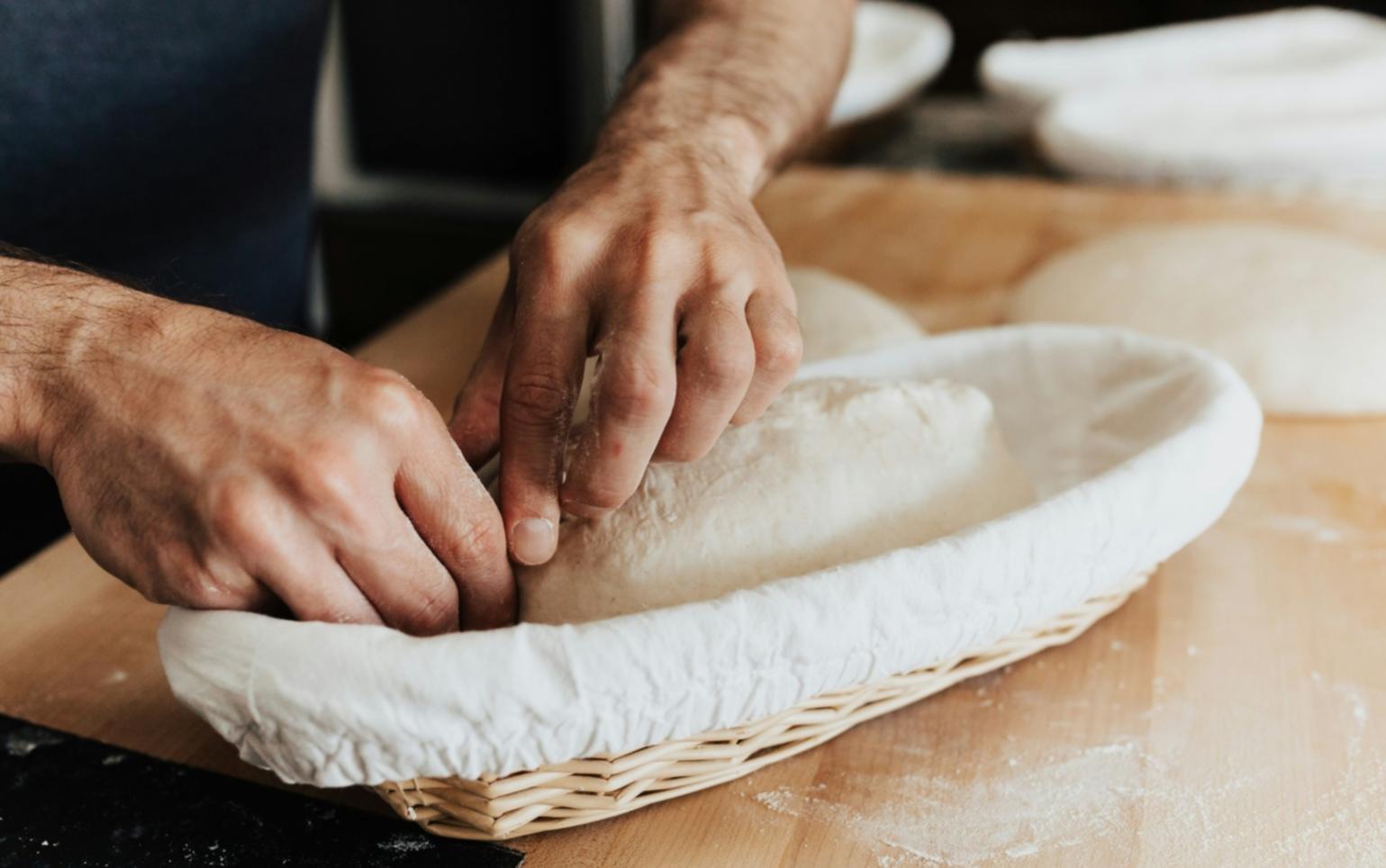Traditional Italian Cuisine Training
We teach people who actually want to understand Italian food—not just follow recipes. Our programs focus on techniques that matter, ingredients that make a difference, and methods passed down through generations of Italian cooks.
What We Actually Teach
Foundation Program
Start with what matters. We cover dough preparation, sauce fundamentals, proper cheese selection, and the basics of Italian flavor building. This isn't about shortcuts—it's about getting the foundation right.
- Hand-stretched dough techniques and fermentation timing
- San Marzano tomato selection and sauce preparation
- Mozzarella handling and cheese combinations
- Temperature management and oven fundamentals
Regional Specialties
Italian cuisine varies wildly by region. We explore these differences through hands-on practice—from Roman-style pizza to Neapolitan tradition, plus regional pasta dishes that define each area.
- Napoletana versus Romana style differences
- Regional ingredient sourcing and substitutions
- Traditional preparation methods by region
- Authentic recipes from Naples, Rome, and Sicily
Advanced Techniques
Once you understand the basics, we get into the details that separate good from exceptional. Wood-fired oven management, specialty ingredients, and the subtle adjustments that professionals make.
- Wood-fired versus gas oven adaptation
- High-hydration dough handling
- Specialty toppings and preparation methods
- Quality control and consistency training
Kitchen Operations
The reality of running an Italian kitchen involves more than cooking. We cover workflow, supplier relationships, quality standards, and how to maintain consistency when you're making hundreds of items.
- Prep station organization and efficiency
- Supplier evaluation and ingredient sourcing
- Staff training methods and quality control
- Cost management without compromising quality
How Our Training Actually Works
- Demonstration First You watch someone who knows what they're doing. We explain why each step matters and what happens when you skip it or do it wrong.
- Hands-On Practice Then you do it yourself. We're right there watching, correcting technique, and helping you develop the feel for ingredients and timing.
- Repetition and Refinement The third time you make something, it starts to click. By the tenth time, you're spotting your own mistakes and making adjustments.
- Problem Solving We deliberately introduce challenges—wrong temperature, different ingredients, time pressure. Learning to adapt separates cooks from professionals.

Specialized Focus Areas
Beyond core training, we offer concentrated modules that dive deep into specific aspects of Italian cuisine. These sessions address particular challenges or interests within the broader discipline.
Ingredient Selection
Understanding quality markers in olive oil, tomatoes, flour, and cheese. How to evaluate suppliers and recognize authentic Italian products versus marketing claims.
Fermentation Science
Temperature, time, and yeast behavior in dough development. The chemistry behind different fermentation approaches and their impact on flavor and texture.
Scaling Operations
What changes when you go from making ten pizzas to two hundred. Workflow design, quality consistency, and maintaining standards under volume pressure.
Supplier Relations
Building reliable supply chains for specialty ingredients. Evaluation criteria, negotiation approaches, and backup planning for critical items.
Troubleshooting
Common problems and their actual causes. Dough issues, oven inconsistencies, topping preparation failures, and how to diagnose what went wrong.
Team Training
Methods for teaching others what you've learned. Creating standards, demonstrating techniques, and maintaining quality across multiple staff members.
The Learning Environment
Our training space is a working kitchen—not a sterile classroom. You'll use professional equipment, work with real ingredients, and experience the actual conditions of Italian food preparation.

What to Expect
- Commercial-grade equipment identical to what you'd find in established Italian restaurants
- Ingredient suppliers who provide the same products used by professional kitchens
- Real-time feedback during preparation—we catch mistakes immediately
- Multiple practice sessions with increasing complexity and challenges
- Small group sizes that allow individual attention and technique correction
- Access to experienced instructors who've worked in Italian kitchens for years
- Documentation of recipes and methods you can reference afterward
- Ongoing support after training for questions and troubleshooting
Programs Starting Summer 2026
We're scheduling foundation and regional specialty programs for July through September 2026. Sessions run two weeks with morning and evening options available. Class size stays at six people maximum.
Get Program InformationReach out with questions about scheduling, prerequisites, or specific focus areas you're interested in exploring.